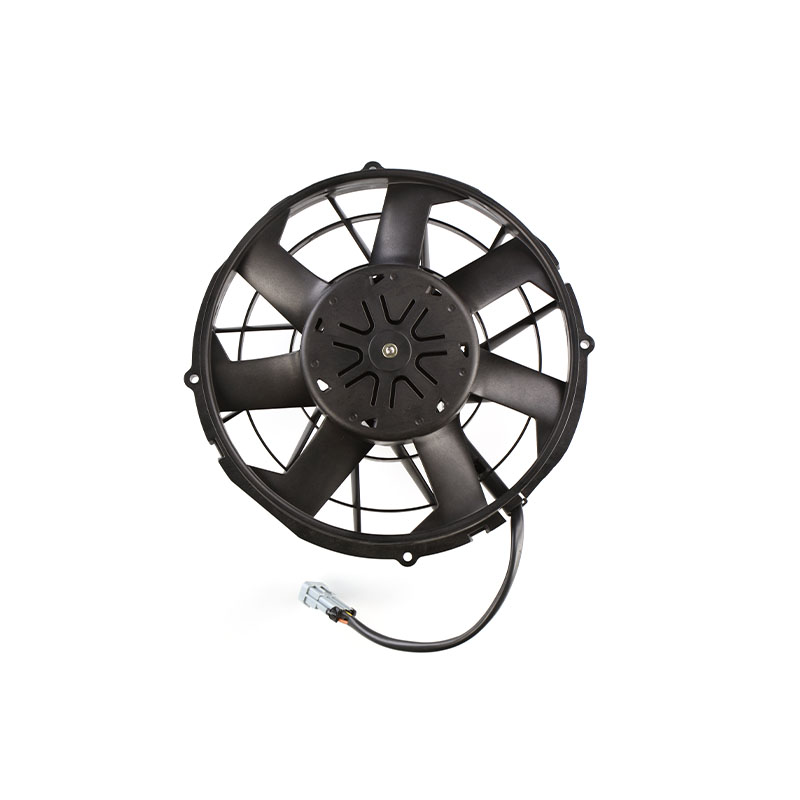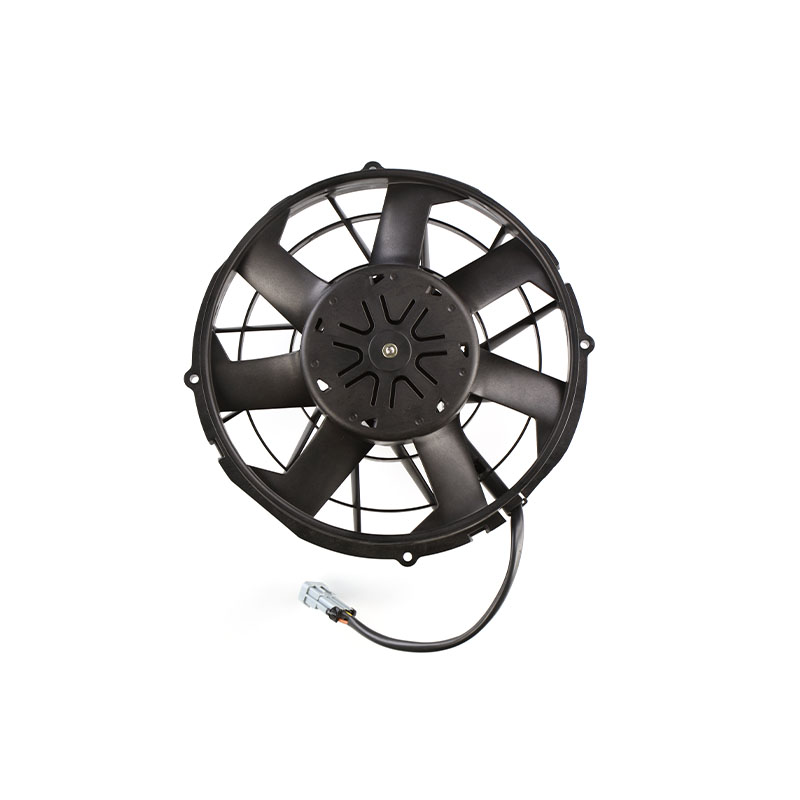Liên hệ với chúng tôi
Địa chỉ email của bạn sẽ không được công bố. Các trường bắt buộc được đánh dấu *
Quạt lưu lượng trục không chổi hơn dc hiệu que
Sep 25, 2025Nâng cao hiệu quả lÀm mát: vai trò của que
Sep 18, 2025Hiệu suất luồng không khí cao ĐịNH ngh
Sep 11, 2025IP68 DC Motors: Xác
Sep 04, 2025Tại Sao quạt trục Không chổi hơn là sự lựa chọn Cho thang gió vào
Jul 31, 2025Quạt ly tâm nghiênng về phía trước ec: hiệu que
Aug 29, 2025Quạt ly tâm không chổi hơn dc: hướng dẫn toàn diện về lựa ch
Aug 20, 2025Quạt dengng chảy trục không chổi hơn dc: hướng dẫn toàn di
Aug 11, 2025Quạt ly tâm dc ô tô dc: hướng dẫn toàn di
Aug 04, 2025Động cơ quạt làm mát DC: Người điều khiển cốt lõi của sự tản nhiệt hiệu quả
Jul 24, 2025Bí ẩn điện từ của máy thổi và nhiều thực hành ứng dụng của nó
Jul 17, 2025Làm thế nào để động cơ quạt bay hơi đạt được làm mát hiệu quả và đáng tin cậy?
Jul 08, 2025
Automotive DC Centrifugal Fans mainly adopt the following strategies to optimize the air flow path for efficient thermal management and heat dissipation:
1. Accurately design fan blades
Blade shape: The shape of the blade directly affects the efficiency of air flow and the thrust generated. Common blade shapes include straight blades, forward-swept blades, and swept blades. Each shape has its specific application and advantages. For example, swept blades can reduce air separation at the tip of the blade and improve the stability of Automotive DC Centrifugal fans at high speeds.
Geometric parameters: The geometric parameters of the blade include chord length, pitch, twist, etc. These parameters need to be accurately calculated and optimized according to the design requirements and expected performance of the fan. The chord length determines the thrust area of the blade, the pitch affects the air flow between the blades, and the twist is used to adjust the angle of attack of the blade at different radius positions to optimize aerodynamic performance.
Material selection: The material of the Automotive DC Centrifugal fans blades should have good mechanical properties, heat resistance and corrosion resistance. Commonly used materials include aluminum alloys, engineering plastics and composite materials. The choice of different materials will affect the performance parameters of the blades, such as weight, stiffness and strength.
Manufacturing process: The accuracy of the manufacturing process is crucial to the quality of the blades. Modern manufacturing processes such as CNC machining, 3D printing and injection molding can achieve high-precision manufacturing of blades. In addition, the blades need to be surface treated, such as spraying anti-corrosion coatings or anodizing, to improve their durability and aesthetics.
2. Optimize the fan housing and air duct design
Streamlined design: The fan housing and the surrounding air ducts adopt a streamlined design to reduce the resistance of air flow and enable air to enter and leave the fan smoothly.
Guide device: A guide device, such as a guide ring or a guide plate, is set at the inlet and outlet of the Automotive DC Centrifugal fans to guide the air to flow along a predetermined path and improve the heat dissipation efficiency.
3. Intelligent speed regulation and control system
Variable frequency control: Variable frequency control technology is used to automatically adjust the fan speed according to the actual cooling needs of the vehicle. Increase the speed when more cooling is needed, and reduce the speed when it is not, so as to achieve a balance between energy saving and efficient cooling.
Integrated sensors: Temperature sensors and other sensors are integrated inside or around Automotive DC Centrifugal fans to monitor the temperature of components that need cooling in real time and feed back signals to the control system so as to adjust the working status of the fan in time.
4. Collaboration with other cooling systems
Working in conjunction with radiators: Automotive DC centrifugal fans usually work in conjunction with cooling systems such as radiators to improve the efficiency of the entire cooling system by optimizing the layout and connection between them.
Combined with heat pipes and liquid cooling systems: In some high-end models, automotive DC centrifugal fans may also be used in combination with efficient cooling technologies such as heat pipes and liquid cooling systems to further improve the cooling effect.
5. Numerical simulation and wind tunnel testing
Numerical simulation: Numerical simulation methods such as computational fluid dynamics (CFD) are used to simulate and analyze the airflow field around Automotive DC Centrifugal fans to predict and optimize the air flow path.
Wind tunnel testing: The fan is actually tested in a wind tunnel laboratory to verify its heat dissipation effect and aerodynamic performance, and further optimization and improvement are carried out based on the test results.
Automotive DC Centrifugal Fans optimizes the air flow path through precise design of fan blades, optimization of fan housing and air duct design, intelligent speed regulation and control system, coordination with other cooling systems, and numerical simulation and wind tunnel testing to achieve efficient thermal management and heat dissipation.

Địa chỉ email của bạn sẽ không được công bố. Các trường bắt buộc được đánh dấu *
Chiết Giang Nicety Electric Machinery Co., Ltd. chuyên sản xuất bốn dòng sản phẩm: quạt điện tử ngưng tụ, quạt tản nhiệt (bình nước), quạt gió và cụm điều hòa không khí. Sản xuất chuyên nghiệp quạt hướng trục ô tô DC thương hiệu Mỹ, Châu Âu, Nhật Bản, Hàn Quốc Và Nội Địa.
Email: [email protected] / huệ@zjnem.com
Tel: +86-0578-7125439 / +86 181 0658 9231
Address:Số 98, đường Quảng Đại, Khu công nghiệp Kim Sa, thành phố Long Tuyền, tỉnh Chiết Giang, Trung Quốc